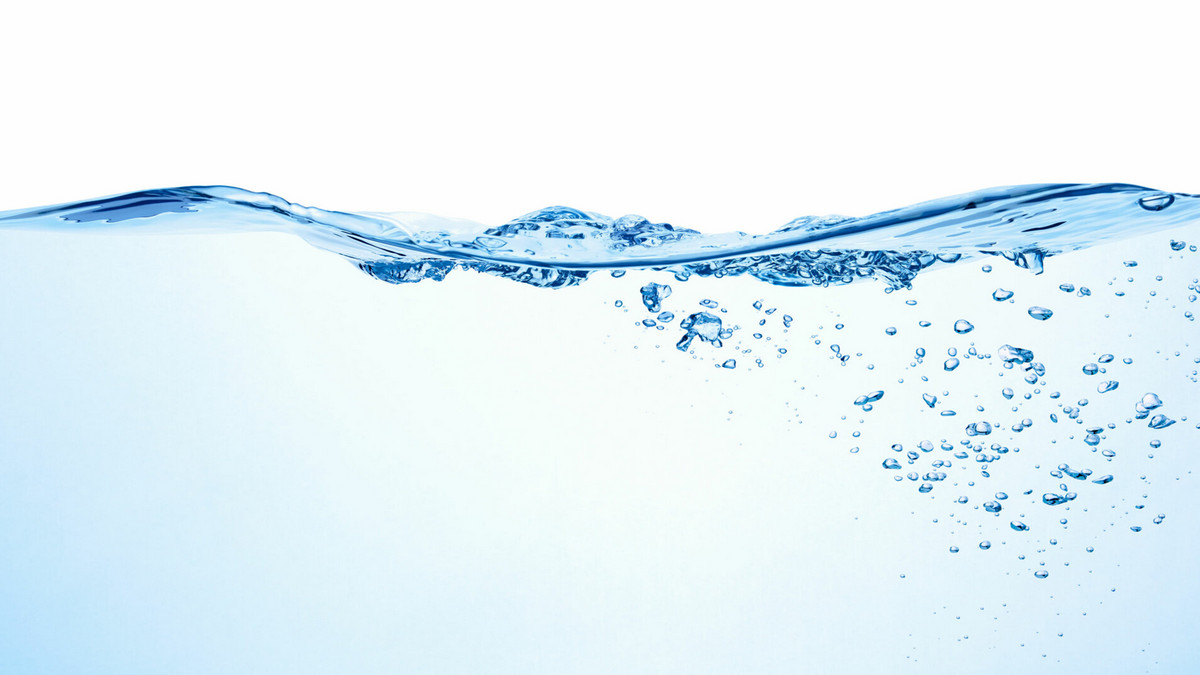Ultra-Pure Water (UPW) is essential in high-tech manufacturing - especially semiconductors, biotech, and precision optics - due to its extreme purity. Taiwan, a global tech leader, is both a major user and supplier of UPW systems. Companies like E-Rotek and Puricom offer advanced, sustainable solutions. As Taiwan expands its chip and biotech sectors, demand for UPW is rising, creating global business and innovation opportunities.
What Is Ultra Pure Water (UPW)?
Ultra-Pure Water (UPW) is water purified to an extraordinarily high standard—free of particles, organic compounds, ions, bacteria, and other contaminants. In critical manufacturing environments, even the tiniest impurity can disrupt operations, damage sensitive components, or degrade product performance. As such, UPW plays a foundational role in industries like semiconductors, pharmaceuticals, precision optics, and flat panel displays.
To be classified as UPW, water must meet rigorous standards set by organizations like SEMI (Semiconductor Equipment and Materials International) and ASTM. These standards define acceptable ion concentrations in the parts-per-billion (ppb) range and include strict specifications for Total Organic Carbon (TOC), microbial counts, and resistivity.
How Ultra-Pure Water Is Produced
Producing UPW involves a complex, multi-stage purification process that may include:
• Reverse osmosis (RO)
• Ion exchange
• Electro-deionization (EDI)
• Ultrafiltration
• Ultraviolet (UV) sterilization
• Degassing
Because massive volumes are used—particularly in semiconductor fabs—UPW is typically generated continuously on-site to ensure both quality and quantity.
Why Ultra-Pure Water Is Essential in Manufacturing
Semiconductors
Semiconductor fabrication is the most demanding application of UPW. During photolithography, etching, and other wafer processes, UPW rinses silicon wafers repeatedly. A single microscopic particle can ruin an entire chip.
• According to TSMC’s 2022 Sustainability Report, the company used approximately 132.1 million metric tons (35 billion gallons) of UPW globally—a 21% increase from 2021.
• TSMC maintains an impressive 85.7% water recycling rate, reflecting the industry's environmental commitment.
• Advanced semiconductor production can require up to 7 liters of UPW per square centimeter of wafer area.
Biotechnology & Pharmaceuticals
UPW is vital for cleaning equipment and producing sensitive products such as:
• Injectable drugs
• IV fluids
• Laboratory reagents
Taiwan’s biopharmaceutical sector, which is rapidly growing, relies on validated UPW systems that comply with cGMP (Current Good Manufacturing Practice) and USP (United States Pharmacopeia) standards.
Flat Panel Displays & Optics
The manufacturing of LCDs, OLED screens, and camera lenses demands extremely clean surfaces. UPW is used to rinse substrates and eliminate any particulate or ionic contamination, ensuring pristine image quality and durability.
Precision Machining & MEMS
In microelectromechanical systems (MEMS) and high-precision CNC machining, UPW prevents corrosion and unwanted electrochemical reactions that can impair product accuracy and performance.
Taiwan’s Strategic Role in the UPW Ecosystem
As a global hub for semiconductors, electronics, and biotech, Taiwan is one of the largest consumers of UPW. Several Taiwanese manufacturers have emerged as world-class suppliers of ultrapure water systems and components.
1. E-Rotek Water Systems Co., Ltd.
• A leading Taiwanese maker of custom RO and UPW systems for labs, biotech, and electronics
• Systems are modular, scalable, and exported throughout Asia
• Key strengths:
o In-house manufacturing and engineering
o SEMI and ASTM compliance
o Flexible OEM/ODM capabilities
2. Puricom Water Industrial Corp.
• Manufacturer of high-spec water filtration systems for both lab-grade and industrial applications
• Supplies RO membranes, filters, and complete UPW solutions
• Advantages:
o R&D-driven product development
o International certifications
o Rapid customization for high-tech production lines
Investment Trends & Business Opportunities
Taiwan’s push for semiconductor sovereignty and expansion of its biotech sector is fueling demand for UPW infrastructure.
According to Taiwan’s Industrial Technology Research Institute (ITRI), new cleanroom developments in Hsinchu and Tainan are accelerating adoption of high-purity loop systems and water recycling technologies.
Sustainability-Driven Innovation
Modern UPW systems are being redesigned to meet environmental targets:
• Up to 70% water reclamation through closed-loop recycling
• Lower chemical usage in purification stages
• Smaller carbon footprints in alignment with Taiwan’s 2050 Net-Zero Emissions Roadmap
Foreign investors, equipment suppliers, and automation firms that require ultra-pure water systems can collaborate with Taiwanese manufacturers to develop integrated smart factory solutions.



.jpg)










.jpg)